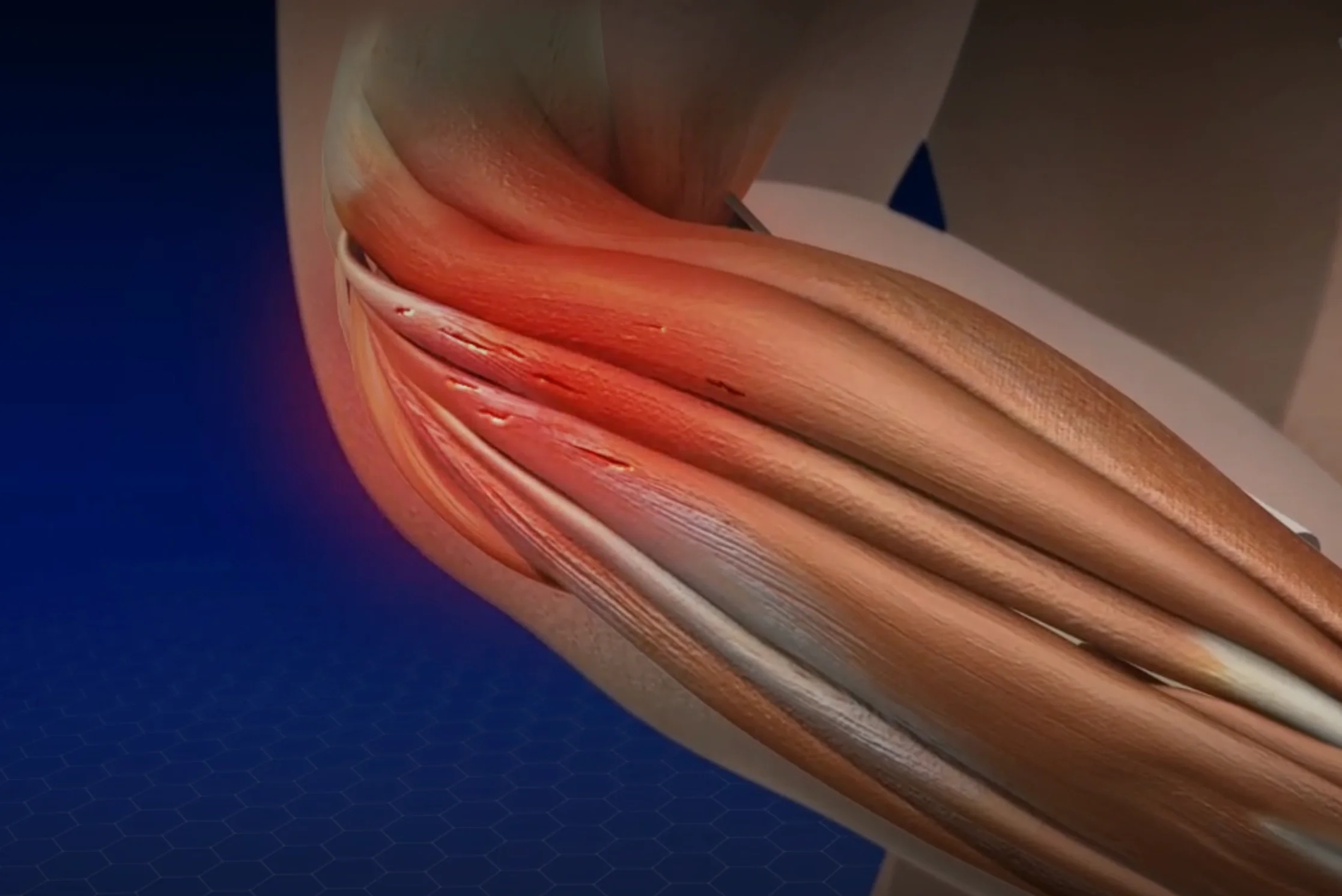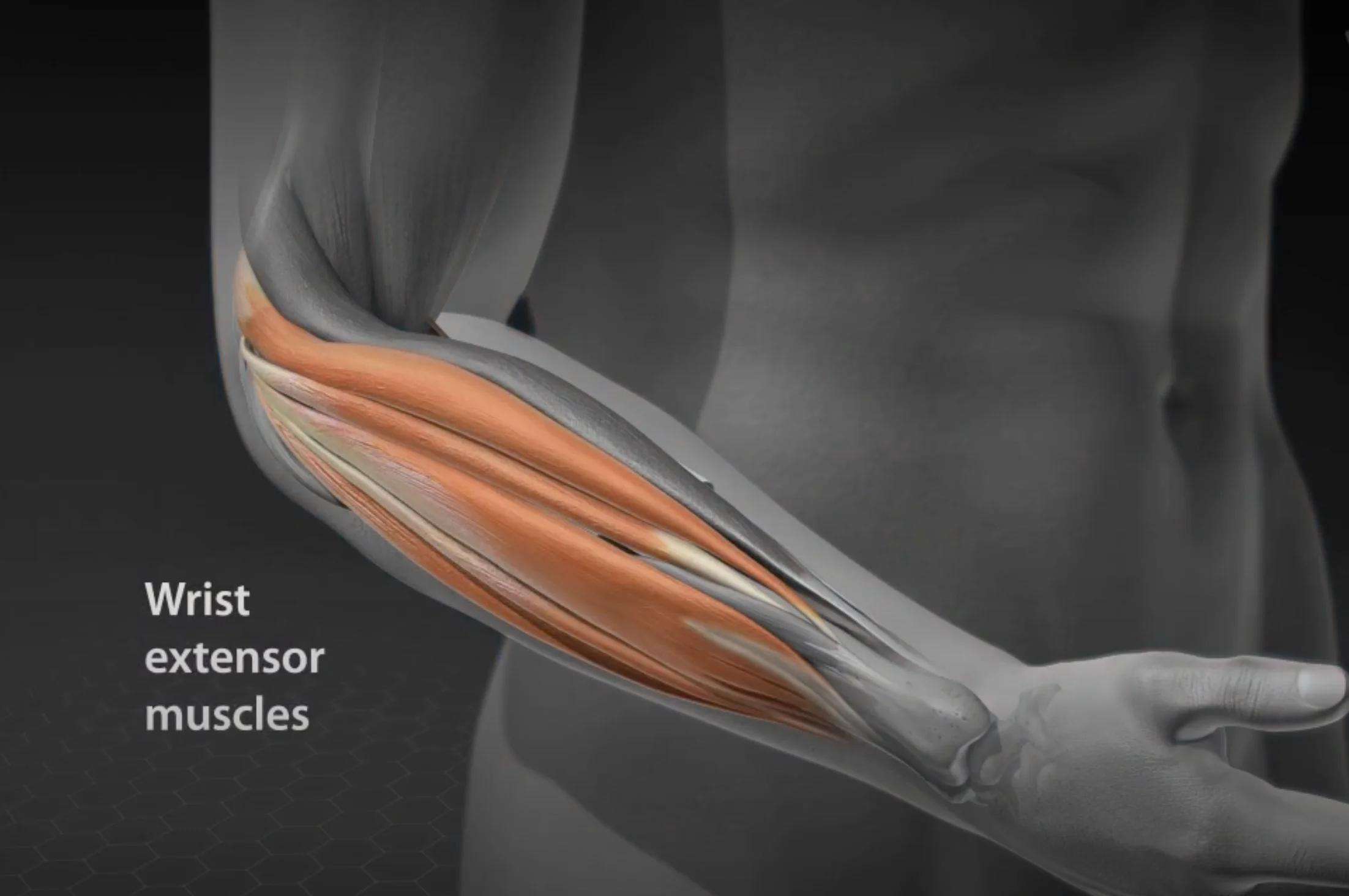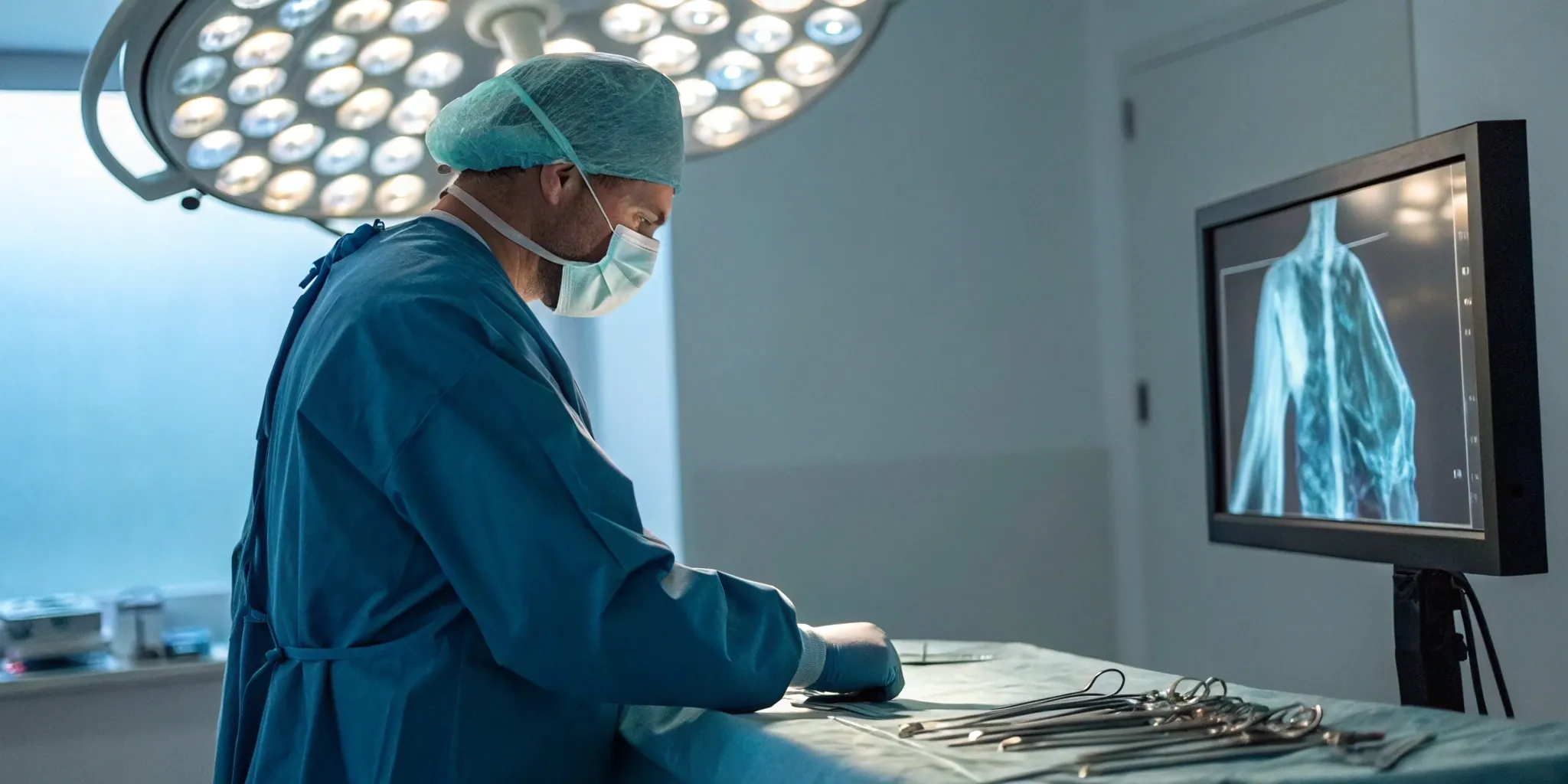Are you struggling with persistent lateral elbow pain, decreased grip strength, or difficulty with routine tasks like lifting, typing, or carrying groceries? At SIGMA Orthopedics & Sports Medicine, we believe that elbow tendon pain — commonly called “tennis elbow” or lateral epicondylitis — deserves more than temporary relief. It requires a smart, precise, and durable treatment plan designed for real healing, lasting strength, and return to activity. Our comprehensive Lateral Epicondylitis Program combines proven evidence-based treatments, advanced regenerative medicine, and our proprietary 100-Day Success Pathway to deliver predictable, measurable, and personalized outcomes.
Common contributing factors include:
Left untreated, tendon degeneration can worsen, leading to chronic pain, weakness, and reduced function.
Assessment — We evaluate tendon quality, grip mechanics, wrist/elbow alignment, and repetitive strain factors to identify root causes.
We tailor treatment to your tendon pathology, activity goals, and lifestyle, whether you’re a weekend athlete, manual laborer, or office professional.
When appropriate, we use PRP (Platelet-Rich Plasma) or BMAC (Bone Marrow Aspirate Concentrate) to stimulate tendon healing and regeneration rather than masking symptoms.
Your recovery follows a clear, measurable protocol that guides tendon healing, strength restoration, and gradual return to activity with outcome tracking.
With physical therapy, ergonomic adjustments, strength and conditioning, and functional training, we rebuild tendon strength and minimize re-injury risk.
We monitor pain, function, grip strength, recovery milestones, and patient-reported outcomes to ensure transparent, documented progress.

Many patients with early or moderate lateral epicondylitis respond well to these treatments with structured rehab and time.

Both options are guided by ultrasound for precision and can be combined with our 100-Day rehab protocol for optimal results.
For severe tendon degeneration, tendon rupture, or cases that fail conservative and biologic therapy — surgical tendon repair, debridement, or reconstruction may be considered. At SIGMA, surgical intervention is a last resort — reserved for patients who truly need it — and always combined with post-op rehab and outcome tracking.
Based on your presentation and goals, we design a treatment pathway that may include:
Our structured recovery plan focuses on:
You might benefit from SIGMA’s Lateral Epicondylitis Program if you:
During your consultation, we’ll discuss your history, functional demands, lifestyle goals, and craft a personalized plan.


Whether you’re returning to the court, the construction site, the office, or everyday life — SIGMA helps you heal smart, heal strong.